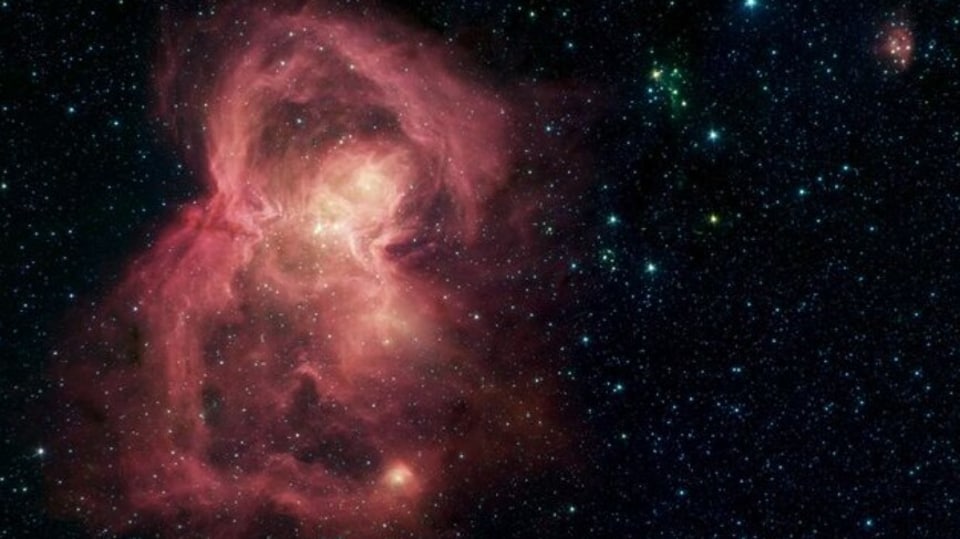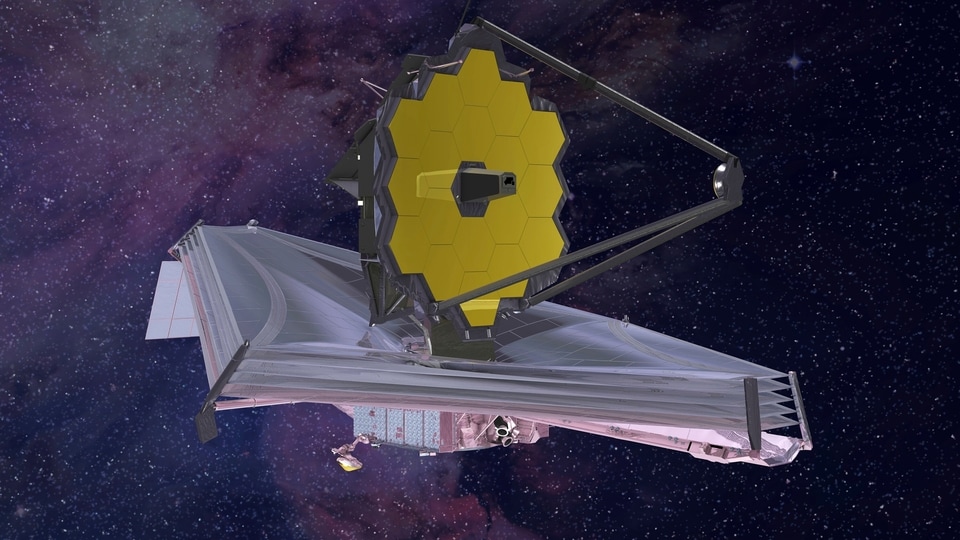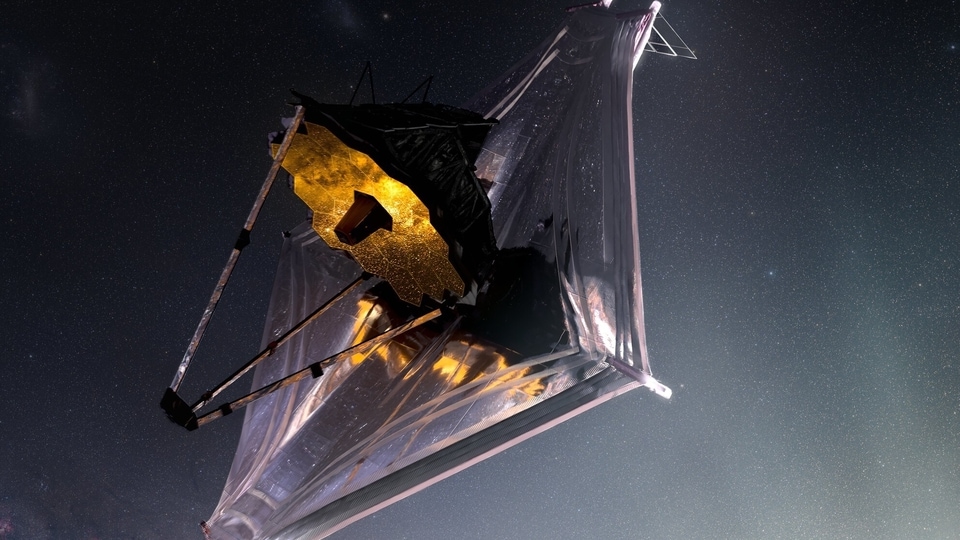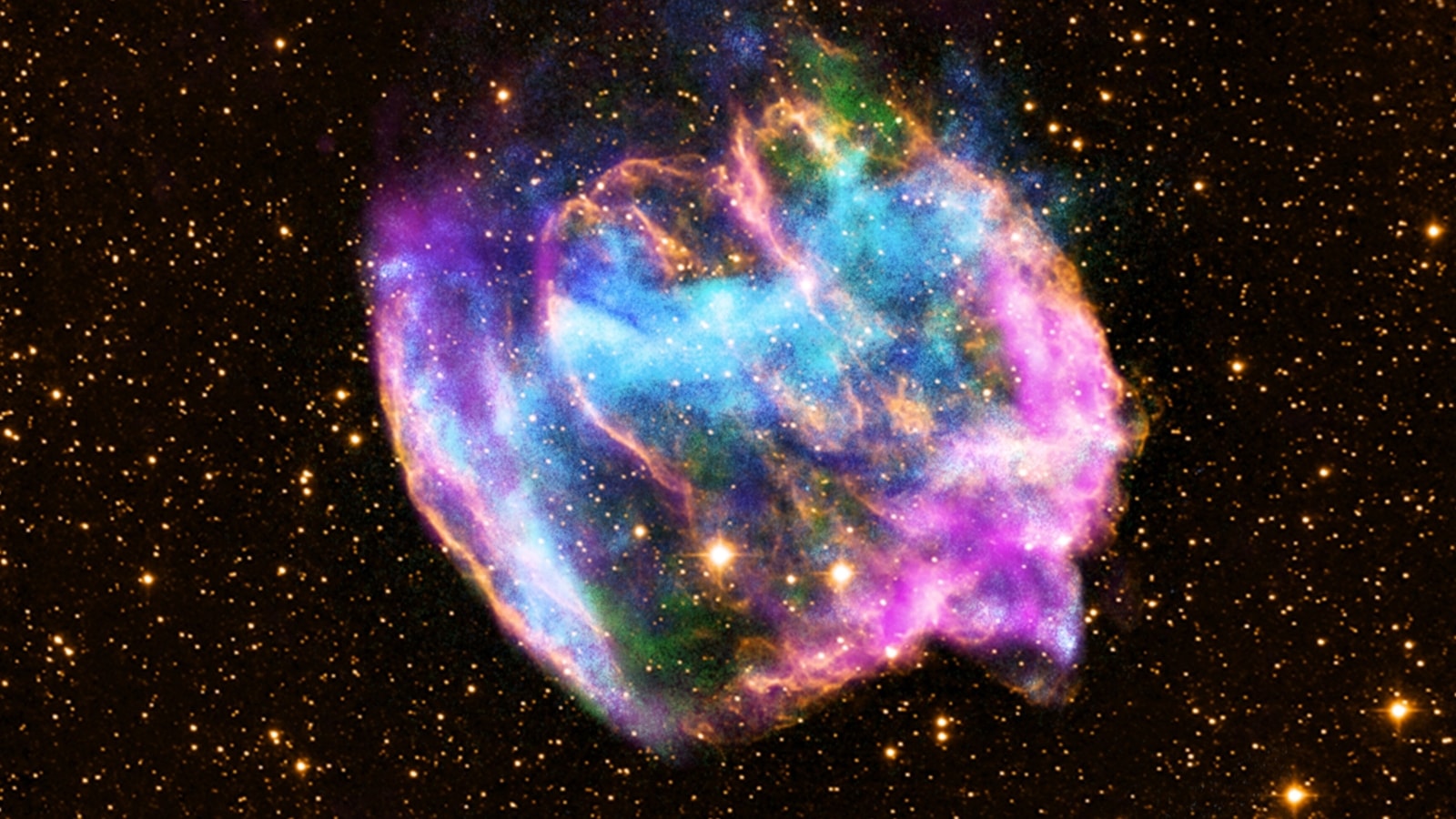Amazing! Mythical supernova found! Can reveal the origin of universe
Astronomers have discovered a supernova explosion that might belong to a mythical star.
_1652862195879_1659421097075_1659421097075.jpg)





 View all Images
View all ImagesSpace is filled with mysteries beyond our imagination. And one such mystery is the origin of universe. Scientists have multiple theories about it but all of them are hypothetical and exist only in theory. In fact, there are many theories about the origin of universe, some based on science and others based on beliefs. Over the years, we have found evidence that has given us confidence in these theories but we are yet to discover conclusive evidence of it. But now thanks to the Gemini Near-Infrared Spectrograph (GNIRS) of the 8.1-meter Gemini North telescope, a team of astronomers have discovered something which could potentially give us a conclusive direction for the origin of the universe. And it all comes down to a massive supernova from a mythical Population III star.
Astronomer find supernova traces that might be tied to elusive Population III star
It all began when a team of astronomers took the help of the Gemini North telescope located on the island of Hawai'i to analyze a quasar in the far end of the universe. The curiosity was built after they saw a strange chemical signature around the object. A closer look at the chemical signature revealed a high ratio of iron to magnesium. The deduction was that the debris had to belong to a star which could be 300 times the size of the Sun. But that was not the interesting part.
The scientists knew they were looking at a supernova event. A supernova is a powerful and luminous explosion of a star. It takes place in large stars after they lose a substantial amount of mass from constant nuclear fusion. As a result, the size increases but the pressure inside the star drops critically. This triggers the collapse of the core of the star and a huge explosion takes place. Supernovae are considered to be the greatest combustion reaction in the universe.
However, a supernova leaves behind a white or black dwarf. This one only left gaseous debris behind. This led the team to suspect that what they were witnessing could be a pair-instability supernova. But humans have never been able to see a pair-instability supernova and its existence is merely a theoretical topic. Another mystery around it is that such supernovae are only caused by Population III stars, which is also something we have never seen before.
Star Population is a way of categorizing the stars. They come in three categories and are divided on the basis of metallicity in their composition. The leading theory is that the less metal a star has the older it was in terms of the age of the universe. Logic is simple that since newer stars are formed by older stars or the material left behind them, and all stars undergo nuclear fusion, the concentration of metals will be higher the younger a star is. It should be noted that for the purpose of classification, all elements bar Hydrogen and Helium are considered to be metal.
So, the Sun would be an example of a Population I star because it has a high amount of metals and is a considerably young star. Population II stars are older and as a result are found on the edge and halo of galaxies. A Population III star is extremely massive, luminous and hot with virtually no metals. These stars are hypothesized to be the first stars after the birth of the universe itself. So these stars are direct products of the big bang explosion.
If the assertion is correct, this is a huge nod towards the theory of the big bang as the possible origin of the universe.
“It was obvious to me that the supernova candidate for this would be a pair-instability supernova of a Population III star, in which the entire star explodes without leaving any remnant behind. I was delighted and somewhat surprised to find that a pair-instability supernova of a star with a mass about 300 times that of the sun provides a ratio of magnesium to iron that agrees with the low value we derived for the quasar,” Yuzuru Yoshii, research co-author and University of Tokyo astronomer, told Space.com.
Catch all the Latest Tech News, Mobile News, Laptop News, Gaming news, Wearables News , How To News, also keep up with us on Whatsapp channel,Twitter, Facebook, Google News, and Instagram. For our latest videos, subscribe to our YouTube channel.






























